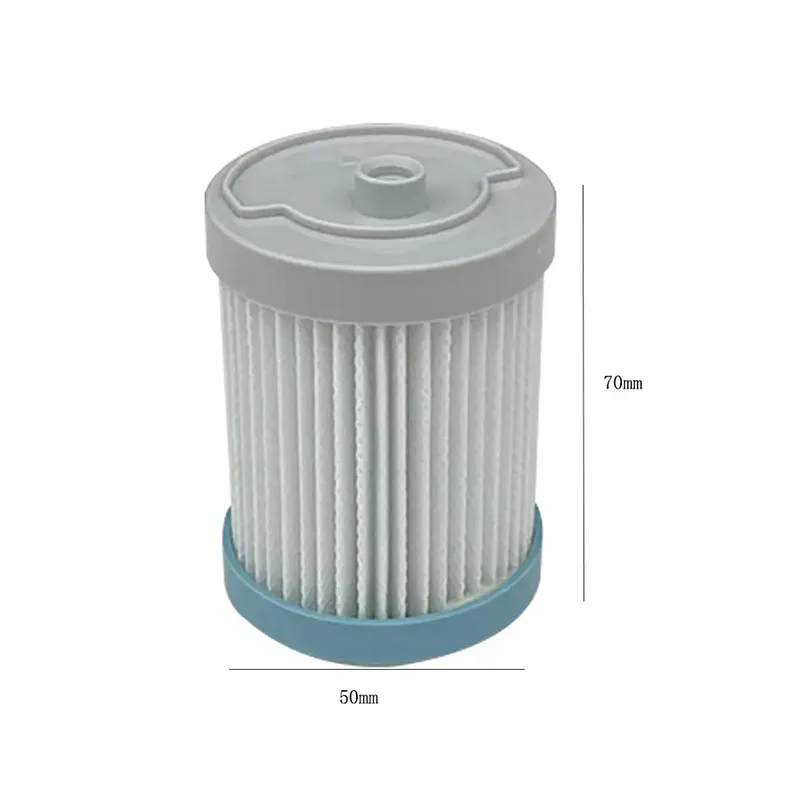best polymer material
sep . 15, 2024 12:21 Back to list
best polymer material
Exploring the Best Polymer Materials for Modern Applications
In the realm of modern materials science, polymers rule the roost due to their versatility, durability, and adaptability across various industries. Among the myriad of polymer materials available today, some stand out as the best choices for specific applications. This article delves into the characteristics, benefits, and applications of some of the leading polymer materials that are reshaping our world.
Exploring the Best Polymer Materials for Modern Applications
Another noteworthy contender is polyethylene (PE), which is one of the most produced plastics worldwide. Characterized by low density and excellent chemical resistance, polyethylene is commonly used in packaging, containers, and insulation for electrical cables. Its versatility extends to various forms, including low-density polyethylene (LDPE) and high-density polyethylene (HDPE), each tailored for different applications. From grocery bags to water pipes, polyethylene's role in everyday life is indispensable, making it a fundamental polymer material.
best polymer material

On the other end of the spectrum is polytetrafluoroethylene (PTFE), famously known by its brand name, Teflon. PTFE is renowned for its non-stick properties and high chemical resistance. This polymer is widely used in cookware, as well as in industrial applications where lubrication and resistance to corrosive substances are crucial. Its ability to withstand extreme temperatures while maintaining a stable structure makes it ideal for gaskets, seals, and coatings in chemical processing industries.
Thermoplastic polyurethane (TPU) is another high-performance polymer that boasts both flexibility and durability. TPU is often used in applications requiring excellent abrasion resistance and elasticity, such as in footwear, medical devices, and automotive components. Its versatility enables it to be manufactured in various hardness levels, making it suitable for diverse applications that demand different mechanical properties. Additionally, TPU can be recycled, aligning with the growing emphasis on sustainability in materials science.
Lastly, biopolymers, derived from renewable resources, are gaining traction in the quest for sustainable materials. Polylactic acid (PLA), a prominent biopolymer, is made from fermented plant starch and is commonly used in biodegradable packaging, disposable cutlery, and 3D printing. As environmental concerns intensify, biopolymers like PLA present an attractive alternative to conventional plastics, offering similar functionality with reduced ecological impact.
In conclusion, the best polymer materials are characterized by their unique properties and wide-ranging applications. From the impact resistance of polycarbonate to the flexibility of TPU and the sustainability of biopolymers, these materials are fundamentally transforming industries and enhancing our daily lives. As research continues to push the boundaries of polymer science, we can expect even more innovative materials to emerge, solidifying polymers' status as the backbone of modern material engineering.
-
Best Window Seal Strip Adhesive Companies: Strong, Durable Seals
NewsAug.25,2025
-
Karcher A2004 Wet & Dry Vacuum Filter: Premium Replacement Cartridge
NewsAug.24,2025
-
Premium Vacuum Filter for Karcher VC 4, VC 6, VC 7 & Tineco A10, A11
NewsAug.23,2025
-
Hi-Flo HF155 Oil Filter KTM 250 EXC Racing 03-06 | OEM 580.38.005.000
NewsAug.22,2025
-
Leading LED Neon Rope Light Outdoor Companies & Exporters
NewsAug.21,2025
-
Top Window Seal Strip Adhesive Manufacturers & Suppliers
NewsAug.19,2025
